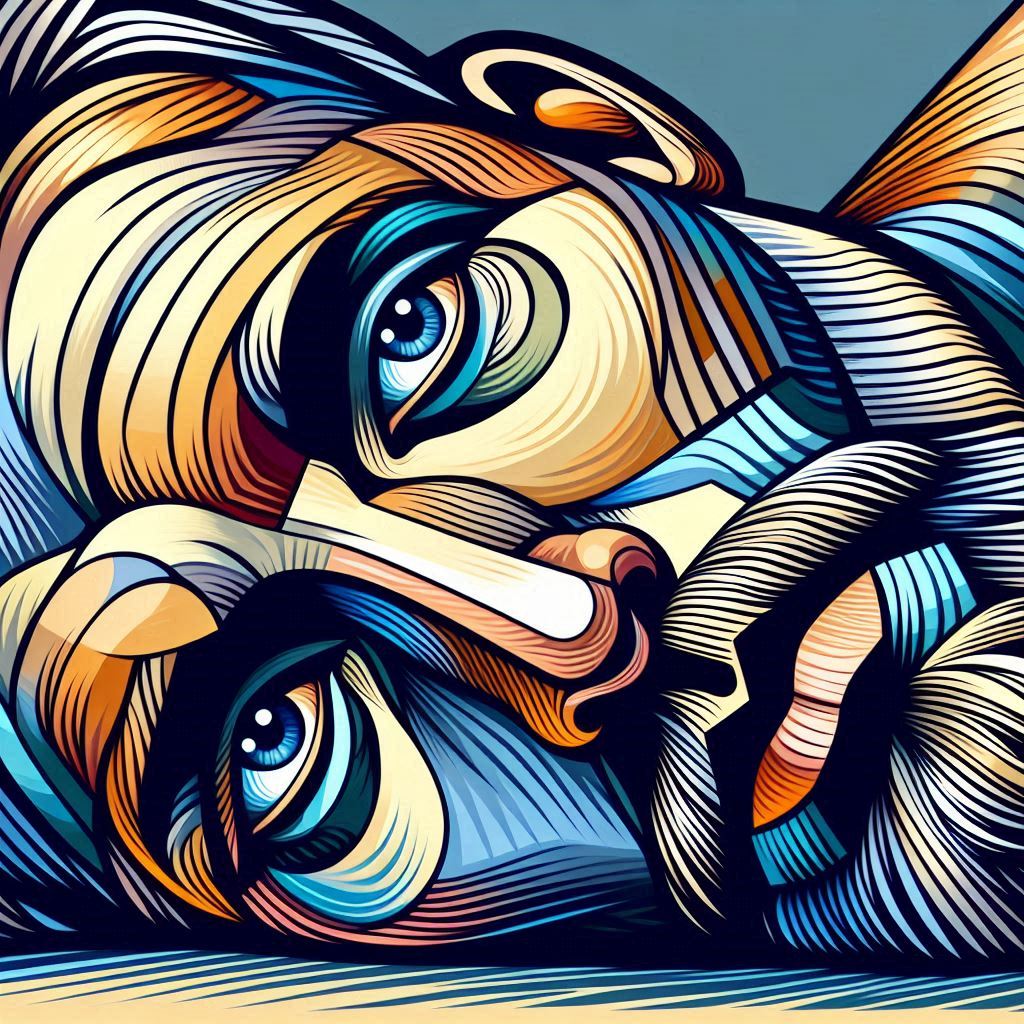The advent of AI-generated art has undeniably reshaped the landscape of digital creativity, offering tools that can produce visually striking pieces with unprecedented speed and efficiency. From mimicking established styles to generating entirely new compositions, AI is proving to be a powerful assistant in the artistic process. However, when it comes to the nuanced world of abstract art, particularly abstract expressionism, AI faces a unique set of challenges that highlight the enduring value of human creativity.
AI art generators operate by analysing vast datasets of existing images, identifying patterns, styles, and techniques to generate new outputs. This proficiency makes them excellent at replicating and combining elements from diverse art movements. For instance, an AI can be prompted to create sweeping brushstrokes reminiscent of Jackson Pollock or colour fields akin to Mark Rothko, effectively emulating the visual characteristics of abstract expressionism.
Yet, herein lies the core challenge: the very essence of abstract expressionism is not merely about visual aesthetics, but about the raw, unfiltered expression of human emotion, intuition, and the subconscious. It’s about the artist’s unique perspective, experiences, and inner turmoil being spontaneously translated onto the canvas. AI, by its very nature, lacks this emotional depth and subjective understanding. It doesn’t “feel” joy, anger, or despair, nor does it possess a personal history that informs its creative choices. Its “randomness” is algorithmic, not existential.
This leads to several limitations. While AI can simulate spontaneity, it struggles to replicate the delicate balance of chaos and intention that defines human-made abstract works. The absence of a personal connection means that AI-generated abstract art, while visually compelling, can often feel detached or impersonal. It can mimic the form but not the profound, and the human intent behind it.
Furthermore, issues of originality and authorship become amplified in abstract AI art. If the AI is trained on copyrighted material (a common practice that has led to legal disputes), questions arise about who truly owns the “art” and whether it genuinely represents a novel creation or simply a re-arrangement of existing human efforts. Can an algorithm be an “artist” when it lacks consciousness or a desire to express itself?
Ultimately, AI excels at replication and iteration, offering artists incredible tools for exploration and efficiency. It can democratize art creation, allowing individuals without traditional skills to experiment with abstract styles. However, the true power of abstract art lies in its ability to bridge the inside of human consciousness, to evoke emotions, and to spark dialogue about the human condition. While AI can produce fascinating visuals, the capacity to imbue art with genuine creative intent, emotional resonance, and a unique human story remains a distinctly human endeavour. The future of AI in abstract art, therefore, seems to lie not in replacement, but in a collaborative dance between human intuition and algorithmic prowess.
